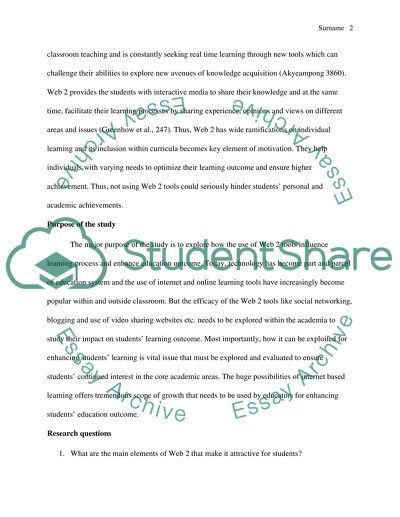Cite this document
(“Web 2 Tools to Enhance Education Essay Example | Topics and Well Written Essays - 2000 words”, n.d.)
Web 2 Tools to Enhance Education Essay Example | Topics and Well Written Essays - 2000 words. Retrieved from https://studentshare.org/education/1473409-web
Web 2 Tools to Enhance Education Essay Example | Topics and Well Written Essays - 2000 words. Retrieved from https://studentshare.org/education/1473409-web
(Web 2 Tools to Enhance Education Essay Example | Topics and Well Written Essays - 2000 Words)
Web 2 Tools to Enhance Education Essay Example | Topics and Well Written Essays - 2000 Words. https://studentshare.org/education/1473409-web.
Web 2 Tools to Enhance Education Essay Example | Topics and Well Written Essays - 2000 Words. https://studentshare.org/education/1473409-web.
“Web 2 Tools to Enhance Education Essay Example | Topics and Well Written Essays - 2000 Words”, n.d. https://studentshare.org/education/1473409-web.


